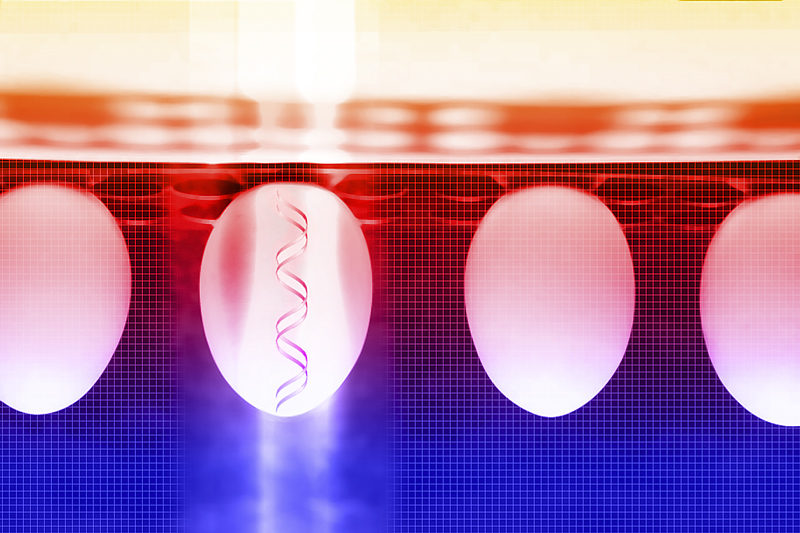
THURSDAY, July 9, 2015 (HealthDay News) — Women who suffer a stroke may have better odds of recovering without disabilities if they’re given uric acid along with standard “clot-busting” medication, a new study suggests.
Men, on the other hand, may not be so fortunate, according to the study, published July 9 in the journal Stroke.
Uric acid, a compound the body naturally produces, may be best known for its ill health effects. When it builds up in the bloodstream, it can contribute to kidney stones or a painful form of arthritis called gout.
But recent research has been looking into the good side of uric acid. There have been hints that, when given along with drugs that dissolve blood clots, it can limit the brain damage caused by a stroke.
The new findings suggest that may be true, but it’s women who stand to benefit most.
Of female stroke patients who were given uric acid and clot-busting medication, 42 percent had no significant disabilities three months later. That compared with 29 percent of women who’d received only the clot-dissolving drug.
In contrast, uric acid made little difference for men: 36 percent were disability-free three months later, versus 34 percent of men who’d been given standard therapy alone.
“We confirmed than women did much better than men after uric acid therapy, and the effect was not [explained] by other variables,” said senior researcher Dr. Angel Chamorro, director of the Comprehensive Stroke Center at the Hospital Clinic in Barcelona.
According to Chamorro, women may benefit more because they typically have lower levels of uric acid to start. Estrogen, he explained, helps the kidneys excrete more uric acid from the blood.
Uric acid is produced when the body breaks down purines — substances found naturally in the body, but also in certain foods, like organ meats, anchovies, mushrooms and some seafood.
At high levels, uric acid can form crystals that contribute to kidney stones and gout.
But uric acid is also an antioxidant, Chamorro explained. That means it can help neutralize free radicals — byproducts of metabolism that, in excess, can damage body tissue.
Most strokes are “ischemic,” which means they’re caused by a blood clot in an artery supplying the brain. If an ischemic stroke is diagnosed quickly enough, doctors can give a drug called tPA, which breaks up the clot.
By itself, tPA can reduce the risk of long-term disability. The downside is that once the blood clot dissolves and oxygen floods into the brain again, there is also a free-radical surge.
But giving uric acid at the same time may counter that, Chamorro said.
For now, though, uric acid remains an experimental stroke therapy. And larger studies are needed to confirm its value, said Dr. Larry Goldstein, a spokesman for the American Heart Association.
The findings, Goldstein said, actually come from a re-analysis of a clinical trial Chamorro’s team reported on last year. It involved more than 400 stroke patients who were randomly assigned to have either uric acid or a placebo along with standard tPA treatment.
Originally, Goldstein said, the study found no clear benefit overall. But there were hints that women — and patients with elevated blood sugar — fared better.
The new analysis suggests that might be true of women. But Goldstein said additional studies are necessary to prove that’s the case.
Dr. Steven Greenberg, a neurologist at Massachusetts General Hospital in Boston, agreed. “I see this [finding] as hypothesis-generating. It’s a preliminary idea that needs to be backed up,” said Greenberg.
Chamorro said his team does plan further studies. And one question that remains is whether some men do, in fact, benefit from uric acid.
Based on the original analysis, he said, it might help men who have high blood sugar at the time of the stroke. (High blood sugar fuels the release of free radicals, he explained.)
If uric acid does prove effective, it would still need to be used along with tPA. And that drug must be given within 4.5 hours of the first stroke symptoms.
“With any stroke treatment, time is brain,” Greenberg said.
So for the general public, he said, the most important step is to learn the warning signs of stroke — including sudden weakness or numbness in the face, arm or leg; slurred speech; blurry vision; and dizziness or coordination problems.
If you or someone else develops those symptoms, Greenberg said, don’t wait to call 911.
More information
The American Stroke Association has more on stroke treatments.
Copyright © 2024 HealthDay. All rights reserved.

